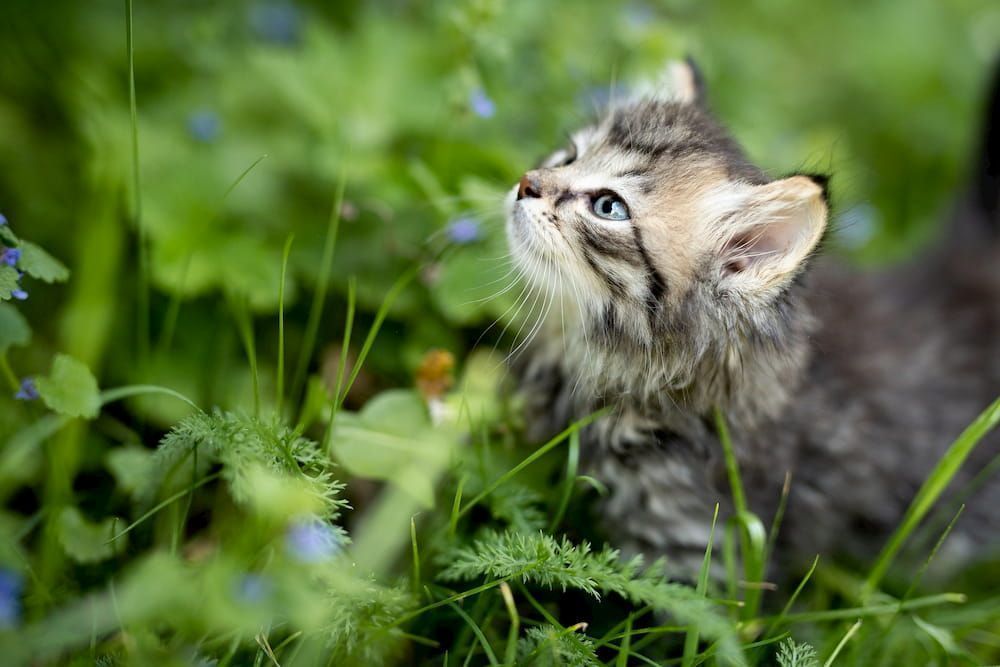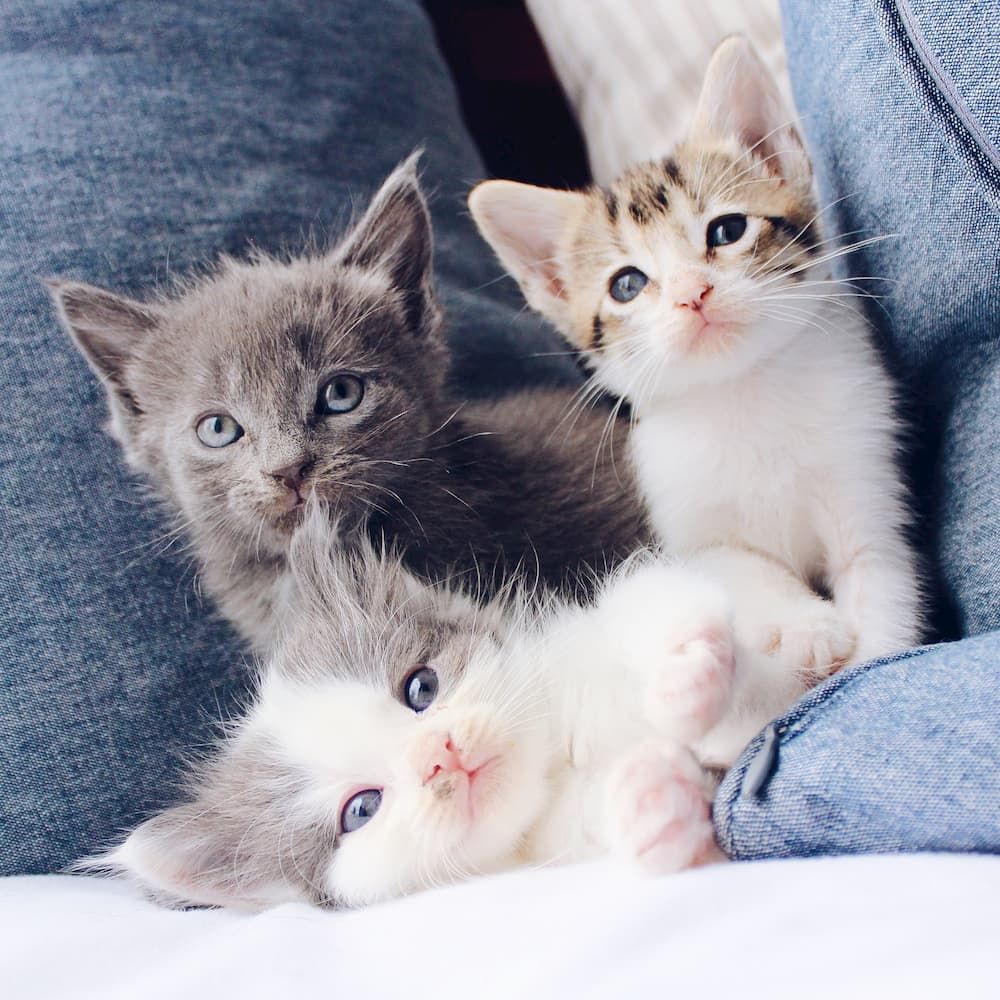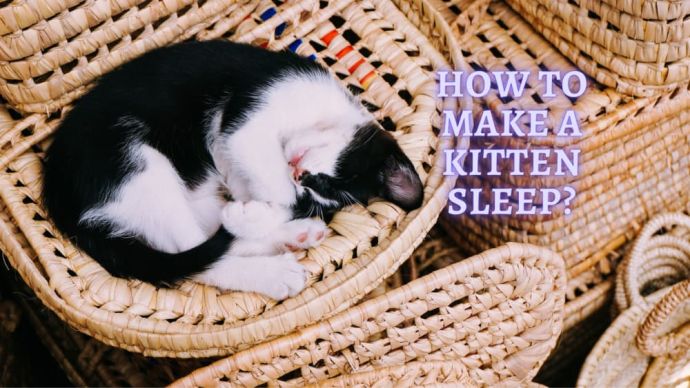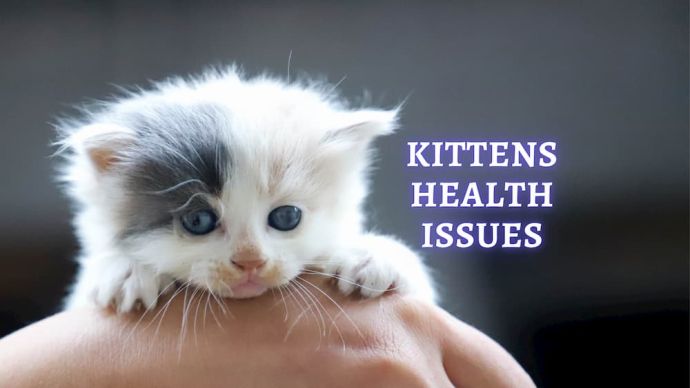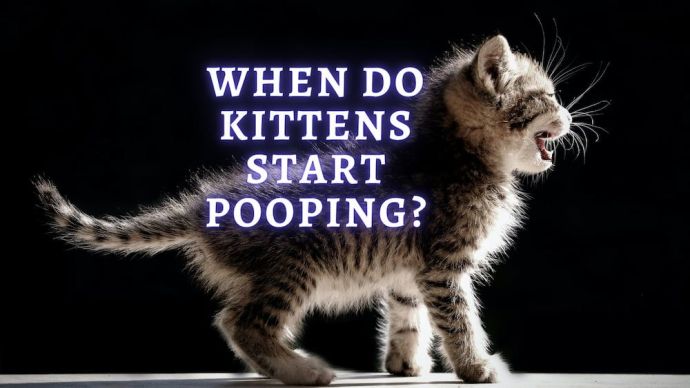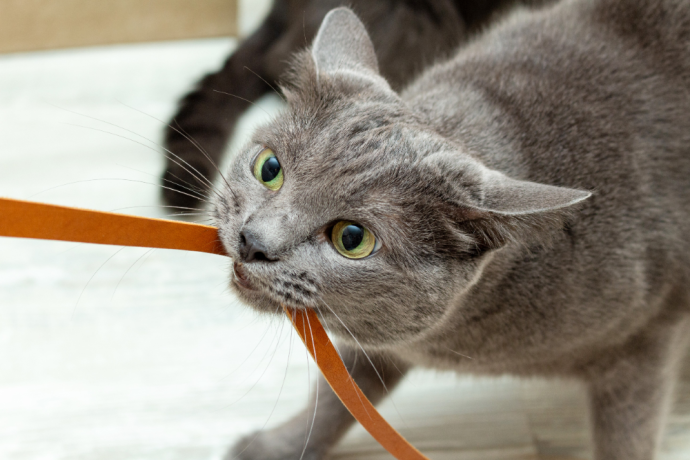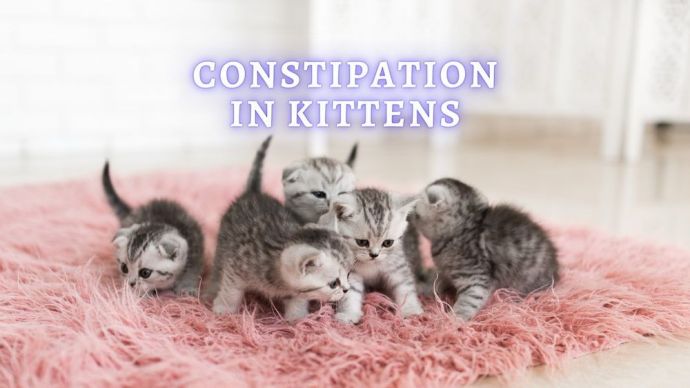How Often to Feed Kittens
Written by:
Author: Alina Andreeva
Alina A. is a professional writer, editor, and pet-lover. She has published over 50 articles on how to care for pets properly. Alina has been writing articles for 3 years, so she has considerable experience in this niche. Her natural curiosity helps her to expand her knowledge and learn new pet care life hacks, which will make your life much easier.
View all 79 articlesLearn about our editorial process and veterinary review board.
Reviewed by:
Veterinary review
by Dr. Joanna De Klerk
Dr. Joanna de Klerk is a professional Clinical Veterinarian. Member of the Royal College of Veterinary Surgeons UK and a member of the South African Veterinary Association. Graduated with a Master of Science in Tropical Animal Medicine in 2018. Professional author, she has been writing in scientific journals, and also several book series. Joanna loves to enjoy time with her young daughter and family in her free time.
View all 10 articlesLearn about our veterinary review board
Viewed: 505
Updated on: 01/26/2021
The experience of taking a new-born kitten into your care can be an extremely rewarding one. However, it is essential to know precisely how to look after something so fragile and young. If you would take a new-born kitten into your home, you must very carefully care for them.
Since most kittens only go to their new homes when they are 8-12 weeks old. Feeding a pet is not the same as feeding your average fully-grown cat, so it is important to do your research before taking on the challenge. Kittens need the perfect food and feeding schedule to grow and build their strength and nurse them into healthy adults. How long can new-born kittens go without eating?
Cat’s livers are not designed to sustain long periods without eating food. Adult cats cannot live off their body’s energy stores alone for more than three of four days. Within a week, the vast majority of adult cats would perish if not given a food source. For kittens, this number drops even lower than that. You should be providing your kitten with constant sources of water, but be careful you must make sure what the water or milk is not in a position where the kitten could fall in and drown. From a few weeks, you should be providing your kitten with food to ensure that they remain healthy and promote growth.
What age should you stop bottle feeding Kittens?
Much like you would treat a human baby, kittens need to be bottle-fed during the early period of their life. Kittens are used to drinking milk from their mothers when they are young, but if you have rescued an abandoned kitten, this may not be an option. Bottle feeding is necessary for the first four to five weeks of care, using unique pet milk solutions that can be bought in pet shops or veterinary practices, mimicking all the nutrients and goodness they would receive directly from their mother.
How do I wean my Kitten from the bottle?
Weaning a young pet can require plenty of patience and a lot of persistence. If you are unsure whether your pet is ready to be detached, look out for the tell-tale signs. If they begin to bite and chew on the nipple of the feeding bottle, then place some solution onto your finger and see if they lick it off. If they do, they are ready for the weaning process. Start by putting some formula on a spoon and encouraging them to lick it off, as they did with your finger. Once they have completed this task, but some method in what you intend to be their feeding bowl. If they do not feed on it straight away, dip your finger into it and lick it from your finger. Repeat this until they make the connection between the bowl and the formula. You can warm the solution to make it more appealing to them. Some young kittens like to be held, so pick them up when introducing them to the bowl. If all else fails, you can begin the feeding session with a bottle before moving it away and encouraging them to continue feeding on the container.
Can you overfeed a Kitten?
Their growing bodies are craving nutrients so much that they welcome any amount of food. But overfeeding will cause diarrhea, which is dangerous as kittens get severely dehydrated. Kittens should be fed according to the instructions on the packaging, but each pet is individually and better consult with veterinarians.
If your pet starts turning their nose up at food or goes hours without eating, this should be cause for concern. Keep an eye on the pet and call your local vet to seek advice. The time to catch a severe problem is a tiny window for kittens.
How much dry food should I feed my Kitten?
After the weaning process, you should be looking to feed your kitten four small meals per day. When first weaned onto solid food, dry food needs to be soaked a little. Unlike dogs, cats have developed to eat little and often, so they enjoy dipping in and out of their food source throughout the day. This is where dry food can be valuable, as it does not go off when left out for hours, but the owner can feed absolutely dry food only kittens 8 weeks old. If your work life or lifestyle means that you cannot manage four small meals per day, then try for three but leave dry food out as a snack in between. These meals should ideally be a mixture of dry and wet food. As your pet gets older, you can permanently reduce their meals to just three per day. Once they hit the six-month mark, you can reduce again down to two meals per day.
Lots of people like to leave food down for their cats to graze on. But in this way cat may become overweight, which can lead to diabetes.
Bottle feeding, wet food feeding, and dry food feeding for kittens
Bottle feeding should only occur for the first four to five weeks of your kitten’s life. As we stated above, once you notice that they are ready for the weaning process, you should move onto teaching them how to eat and drink from bowls.
Dry foods are easy to measure and use to feed your pet, while also having a superior shelf life. The nature of dry crunchy food also keeps your kitten’s teeth healthy, which is an added bonus. The active chewing associated with dry food can help remove plaque. Smaller kibbles are also easy for kittens to chew and swallow. Dry food allows you to cater to your individual pet in terms of the amount you give them. But you must remember what kittens should always be fed pet food until they are fully grown, and then they can move to adult food.
Wet food also comes with added benefits. Some kittens simply prefer the taste, smell, and texture of wet food and will eat it far more readily. Although it can have a shorter shelf life, wet food often removes the need to measure, as it comes in ready-made pouches and trays. This makes it very easy and quick to serve, as well as keeping it fresh. Not only this, but wet food increases a kitten’s water intake, keeping them hydrated.
You must take a responsible attitude to the diet of a small pet, allowing the young organism to get all the necessary vitamins and minerals. Your pet will thank you for such care and give you love and a good mood.
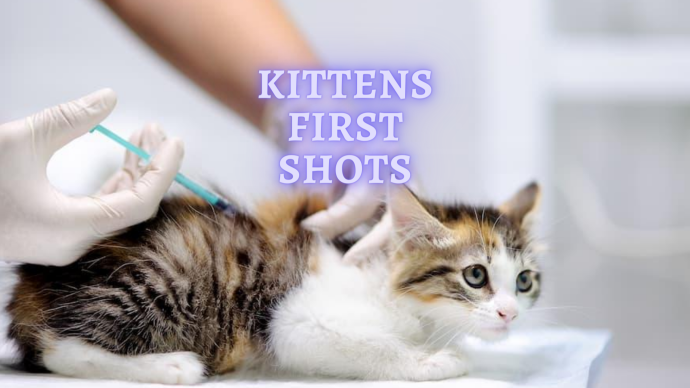 Cat Veterinary Tips Kittens First Shots: When do Kittens get their First Shots?
Cat Veterinary Tips Kittens First Shots: When do Kittens get their First Shots? - 513
- 0
 Cat Care Why Does My Cat Attack My Legs? 10 Reasons Why and What To Do About It (Vet-Approved Advice)
Cat Care Why Does My Cat Attack My Legs? 10 Reasons Why and What To Do About It (Vet-Approved Advice) - 46013
- 21
 Cat Veterinary Tips Cat Stomach Gurgling: Vet Advice on Why is Your Cat Stomach Gurgling?
Cat Veterinary Tips Cat Stomach Gurgling: Vet Advice on Why is Your Cat Stomach Gurgling? - 36469
- 4
 Cat Veterinary Tips My Cat Lost its Voice: Can Cats get Laryngitis? (Vet Advice)
Cat Veterinary Tips My Cat Lost its Voice: Can Cats get Laryngitis? (Vet Advice) - 23554
- 13











